Turning rotational motion into linear motion has been sought after for a number of years. Two gears can easily work together in order to produce a linear motion or in the case of a rack and pinion. However, this method is not as compact as another linear motion created by ball screws. Lead screws are sometimes confused with ball screws, but are not always able to be applicable to all situations ball screws are used. At the end of the 19th century a number of people tried to replace sliding friction mechanisms with ball screws similar to the present engineering. However, not until the mid-20th century were modern ball screws adopted widespread for a precise functioning purpose. Overall, the design is relatively simple which makes it perfect for the precision instrument it has been designed to be.
Although the functioning design is rather simple, engineers must have extremely tight tolerances to have a smooth moving final product. Ball screws are made up of five components: threads, balls, ball nut, return tube and the screw shaft. Simply put, the screw shaft has treads on it like an enormous screw without a point and head at either end. Then the balls fit perfectly in the threads which are housed by ball nut. Finally, in order for the mechanism to move a return tube or tubes are integrated into the ball nut to circulate the balls promoting movement on the screw shaft. The mechanics are simple and compact, but proper engineering and preventative maintenance are critical.
The key to a successful ball screw is precision, minimizing friction, durability and repeatability. If the ball screw meets these four requirements much success will be gained over the life time of the device. Although these devices vary in size, recently, some manufacturers have managed to create ultra-miniature ball screws, as small as 3mm in diameter. Additionally, some manufactures have decided to use ceramic (silicon nitrate) balls instead of steel. The purpose of replacing the steel is to minimize micro-welding. The two different types of material will require less lubrication and naturally result in lower friction. Further innovation is proving to be beneficial in this relatively new component for longevity and durability. Like micro-welding any type of debris that is on the threads and becomes lodged in the balls is detrimental. Therefore, often times attached to the ball nut will be brushes to sweep away any unwanted debris, thus contributing to the longevity of the mechanism.
Ball screws have a large range of versatility in size and can easily be applied to a number of industries. The miniature scales from millimeters in diameter to centimeters in length are able to be produced at make them ideal for the medical industry. Furthermore, they are also capable of being produced in inches in diameter and feet in length for large scale projects in massive industrial warehouses. Regardless of the application, the same precision is able to be met and accomplish the job at hand. High tolerances and high repeatability is a language that can be understood across industries.
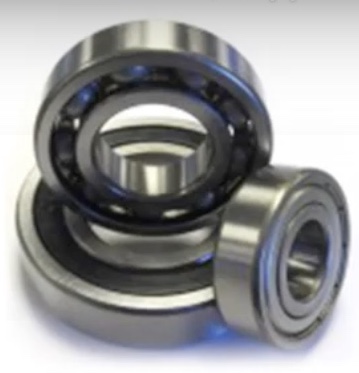 Ball Bearings
Ball Bearings Ball Screws
Ball Screws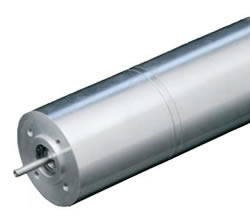 Electric Motors
Electric Motors Friction Materials
Friction Materials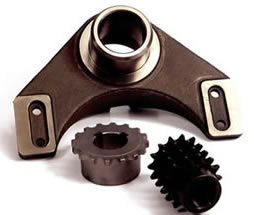 Gears
Gears Quick Release Couplings
Quick Release Couplings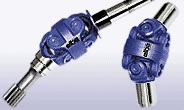 Shaft Couplings
Shaft Couplings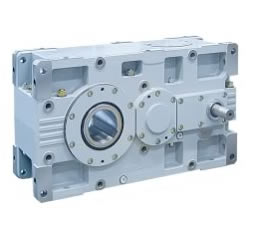 Speed Reducers
Speed Reducers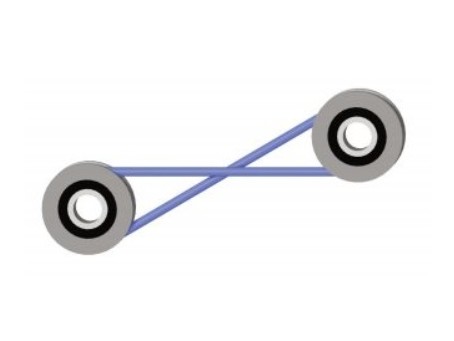 Timing Belting
Timing Belting Castings & Forgings
Castings & Forgings Bulk Material Handling
Bulk Material Handling Electrical & Electronic Components
Electrical & Electronic Components Flow Instrumentation
Flow Instrumentation Hardware
Hardware Material Handling Equipment
Material Handling Equipment Metal Cutting Services
Metal Cutting Services Metal Forming Services
Metal Forming Services Metal Suppliers
Metal Suppliers Motion Control Products
Motion Control Products Plant & Facility Equipment
Plant & Facility Equipment Plant & Facility Supplies
Plant & Facility Supplies Plastic Molding Processes
Plastic Molding Processes Pumps & Valves
Pumps & Valves Recycling Equipment
Recycling Equipment Rubber Products & Services
Rubber Products & Services